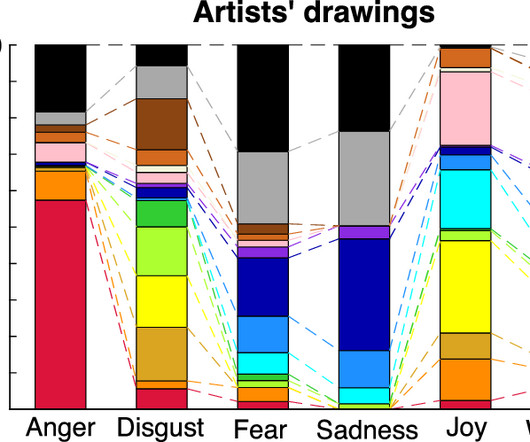Are there ‘rules’ for conveying emotion through art?
Futurum
SEPTEMBER 26, 2023
However, the skills learnt from subjects such as mathematics and physics are everlasting and applicable to many different fields. I experienced collaborations between biology, engineering and social sciences with a playful attitude. Dirk’s top tip Take all the mathematics classes you can!











Let's personalize your content